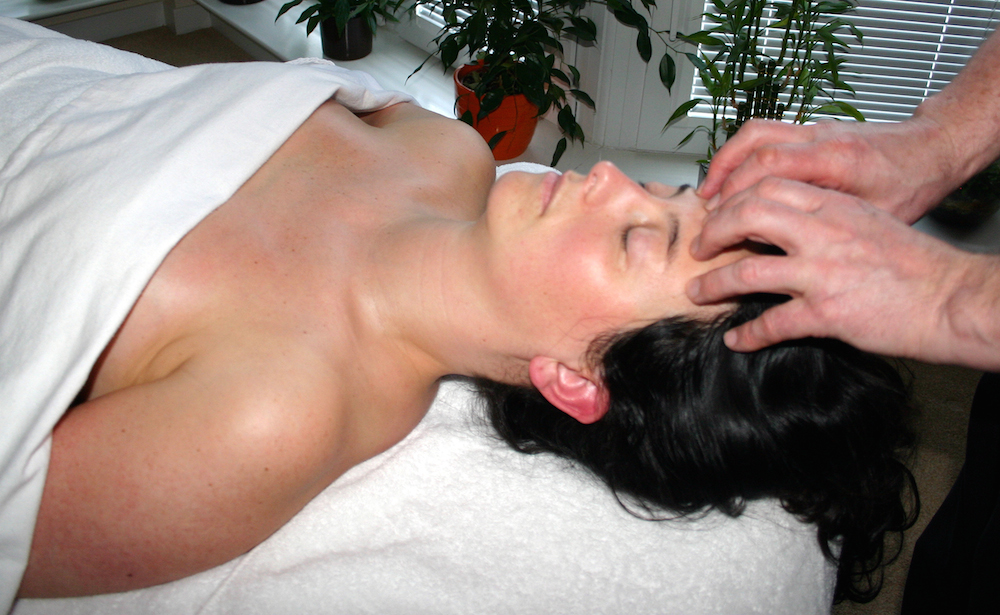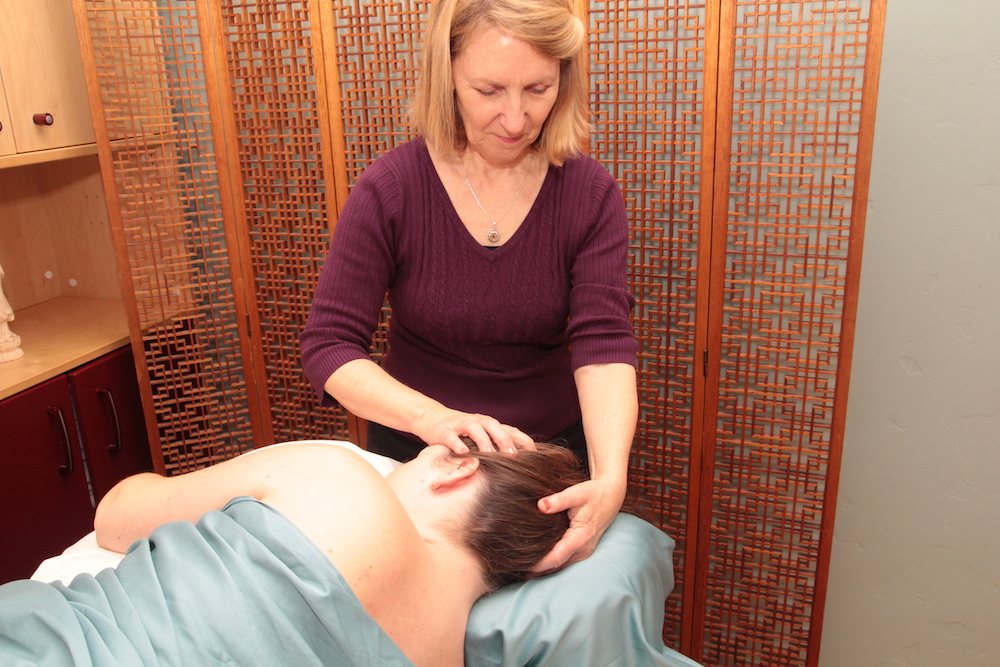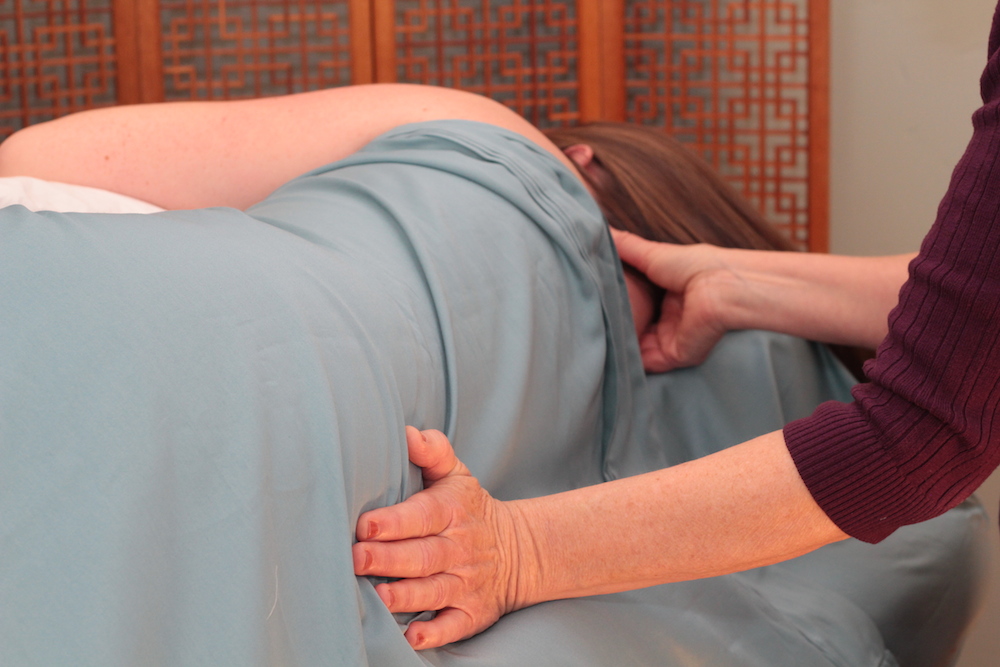Learning Creative Dialogue between Body and Psyche
Let’s get talking
We are creatures whose every cell is literally bathed in the hormonal messages of emotional and physiologic responses. So we are constantly attempting to mediate our somato (bodily) emotional (feeling) sensations. This inner conversation enlivens when an attentive somatic practitioner professionally touches us. No matter what the modality, touch the tissues and you soon will be elbow and heart deep in a feeling body too.
In any discussion, sometimes we are eager to chat, and other items we’d rather keep quiet. So every bodyworker needs skill and confidence in facilitating the appropriate level of inner conversation. It also helps to know how to respectfully end this type of discussion too. This is what you will begin learning in my Somato-Emotional Integration (SEI) courses.
What is Somato-emotional Integration? It’s a route to more joy!
SEI is an approach to therapeutic massage and bodywork that actively engages the client’s physical/emotional communication when that exchange naturally begins. Its foundation is in an observant, non-judgmental, non-invasive practitioner attitude. Its focus is in tracking clients’ awareness states and in interacting with them towards the clients’ session goals. The techniques you will learn reduce soft tissue dysfunction and imbalance, open and/or close emotional states when they arise, and mobilize the breath, imagery, and movement to process and integrate memory and feeling and to elicit the body’s imagery and messages.
A mind-body conversation, must always stay within scope of practice. While the line between body and psyche is arguably artificial, this course of study is all about bringing it back around to body awareness, observation, movement, sensation, and the balance between tone, tension and relaxation.
Any client might benefit from a therapist with somato-emotional integration expertise. Fear, sadness or anger can lace the muscles and joints involved in most illnesses, injuries, or discomforts. Relaxation only fully occurs when we let go physically, mentally and emotionally. Then one’s joy potential increases exponentially. This work can be particularly useful to individuals from addictive/compulsive and dysfunctional backgrounds, as well as those recovering from physical and emotional abuse or trauma.
In what work environments might somato-emotional integration skills be valuable?
Somato-emotional Integration study will prepare you to practice in many settings, equipped with techniques specific for both emotional and physical problems. These include being in collaborative practice with mental health professionals, Western medical model physicians, maternity health facilities, holistic health centers, substance and post-traumatic stress recovery programs and in private practices.
What will you learn in Carole’s SEI courses?
Verbal techniques
- Active listening
- Mirroring
- Body part dialogue
- Past event processing
- Tracking and exploring via questions and observations
- Synthesis and summary dialogues
Hands-on demonstration, practice and refinement
- Rhythmic deep tissue blends and other “listening” approaches to soft-tissue restrictions
- In-class and partnered practices
- Techniques for facilitating breathing, grounding, integration, accessing feelings, emotional expression and resolution
Cultivating awareness and observation
- Tai chi
- Rational and intuitive intake and session records
- Session analysis of states of awareness
- Triad practice sessions in observer role
Theory, readings, and discussions
- Trauma and recovery
- Physical and emotional abuse
- Relevant evidence-based guidelines
- Psychological dynamics of the client/therapist relationship
- Ethical issues and scope of practice
- Creating safe environments
What you WON’T learn in this specialization
- How to make clients cry, kick and scream
- How to be an “armchair psychologist”
- Past life regression
- Aggressive and invasive inquiry into clients’ “issues”
- Psychological evaluation and assessment
Qualified Students
Somato-emotional Integration is designed for practicing therapists and advanced students of therapeutic massage and bodywork.
At this time, future offerings of this specialization are on hold.



